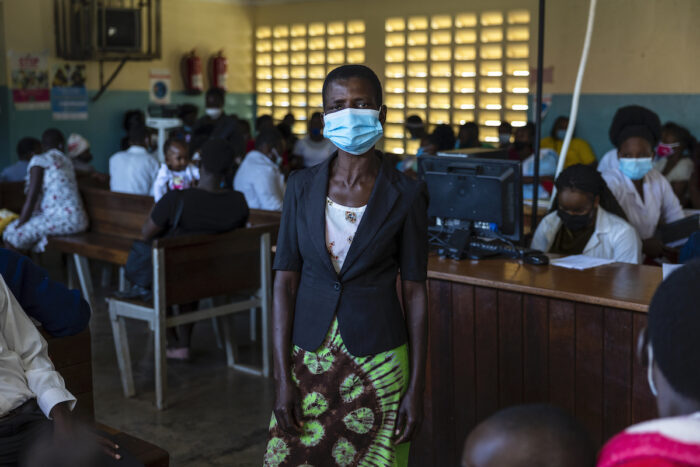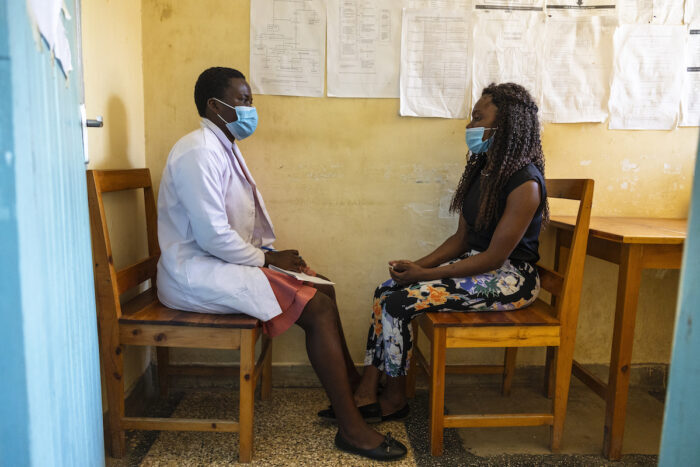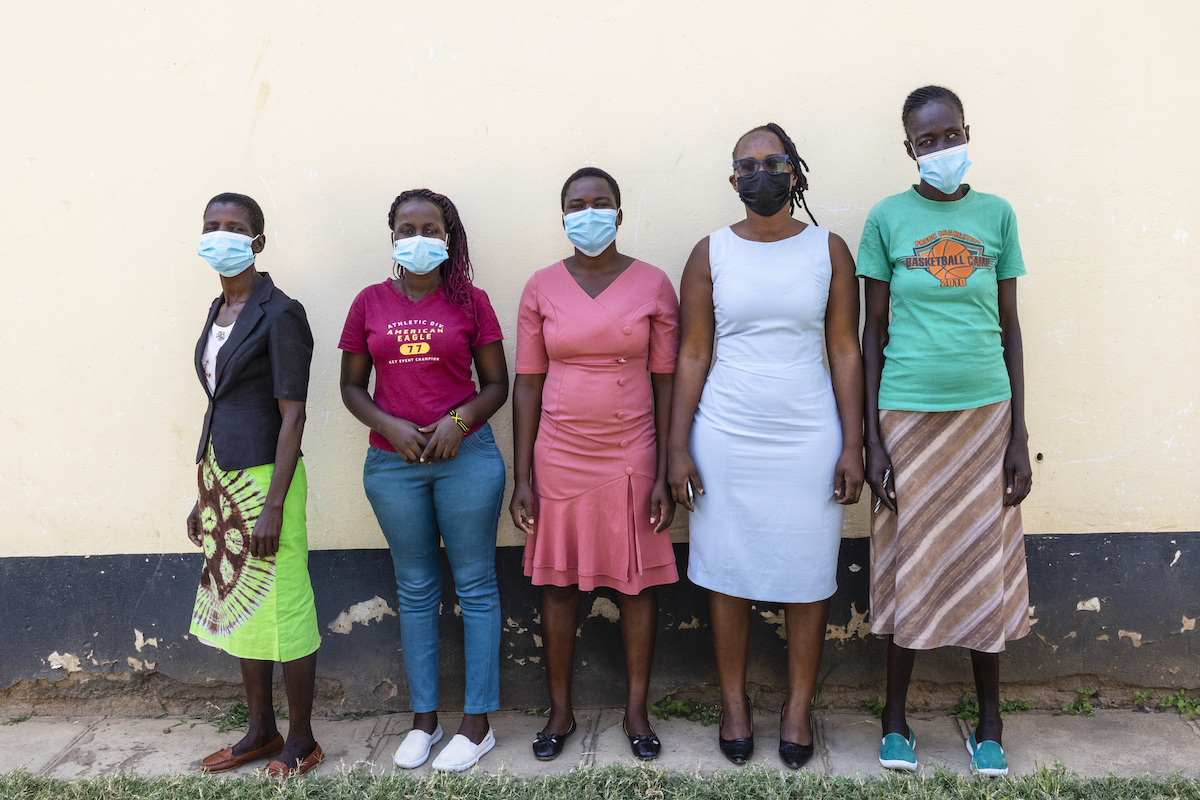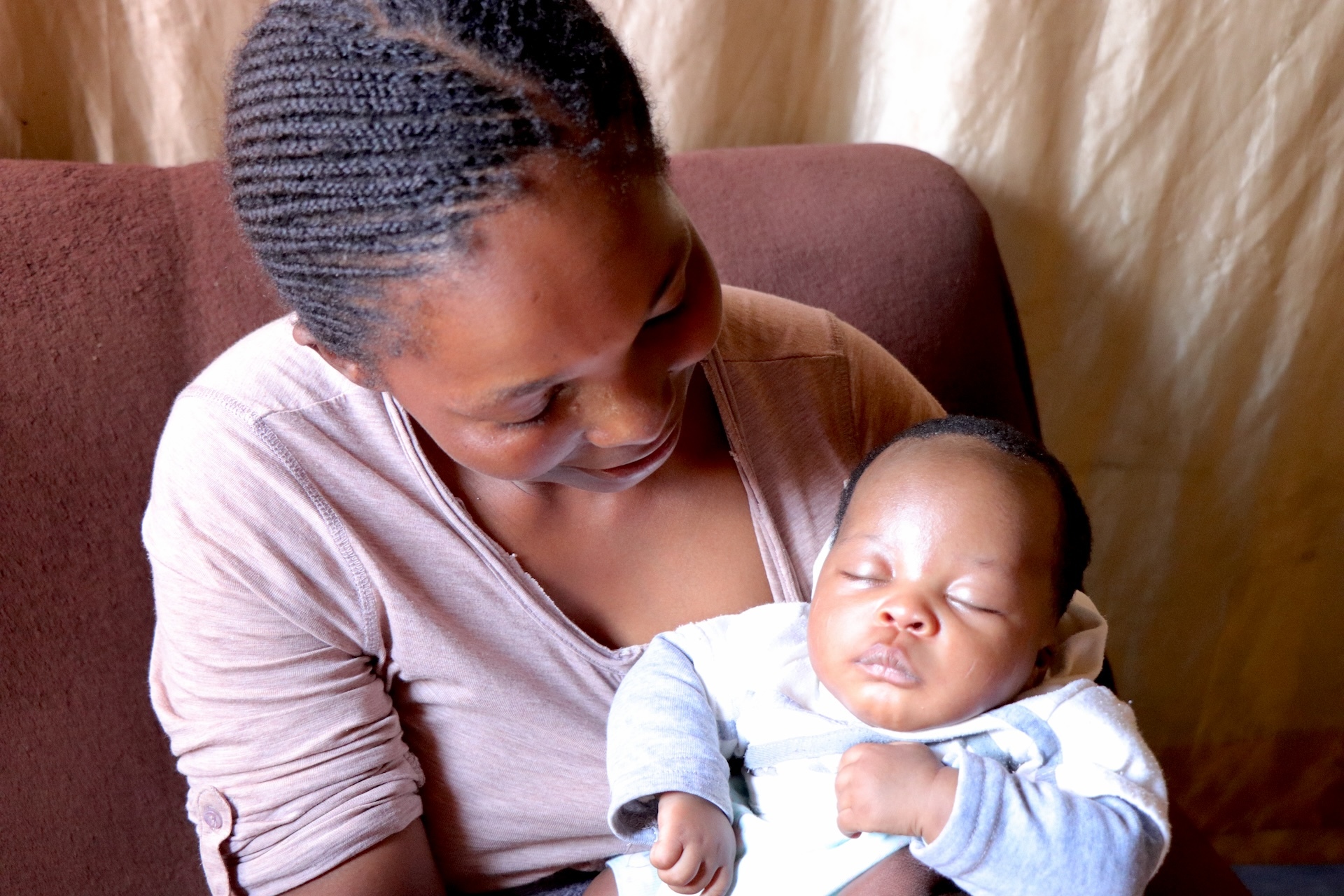The Homabay County Referral Hospital has turned the tide on mother-to-child HIV transmission. This representing a monumental shift in the fight to end AIDS in Kenya, given that Homabay County has been the face of HIV/AIDS, with an HIV prevalence of 20.7 percent, more than four times the national prevalence of 4.8 percent.
Informed by a staggering mother-to-child HIV transmission rate of 16.8 percent in 2015, the Elizabeth Glaser Pediatrics AIDS Foundation (EGPAF), in partnership with the Ministry of Health, investigated why the prevention of mother-to-child transmission (PMTCT) program was not as high yielding as expected.

Elisha Arunga Odoyo, a clinical offer within the PMTCT program at the referral hospital says investigation revealed two critical challenges.
“Annually, we had as many as 100 HIV positive mothers lost to follow-up. These were mothers not on treatment for at least 30 days to their last clinic visit. Among them were those that stopped treatment altogether and, therefore, at greater risk of transmitting HIV to their babies,” says Odoyo.
“In addition, we had at least 100 missed opportunities. These were high risk mothers who tested positive for HIV but were not enrolled into HIV care,” he expounds.
Eventually, often three months after delivery, these high risk mothers would present themselves at the referral hospital, extremely sick and accompanied by similarly sick HIV positive babies.

Within this context, the PMTCT program integrated the silver bullet that is the mentor/peer mother program which has significantly contributed to the reduction of mother to child HIV transmission from a high of 16.8 percent in 2015 to a low of 9.1 percent in 2019.
Since 2016, mentor/peer mothers are attached to high risk HIV positive mothers such as pregnant adolescent and young people, newly tested HIV pregnant women and pregnant women with a very high HIV viral load.
All seven mentor/peer mothers at the referral hospital are HIV-positive women who have successfully gone through the PMTCT program and delivered HIV negative babies and can take others through a successful PMTCT process.
Peer mothers such as 24-year-old Phillister Adoyo, a mother of a HIV negative baby, are attached to adolescents and young people below the age of 24.
Mentor mothers such as 41-year-old Mary Akumu, a mother of three HIV negative babies, are attached to those older than 25 years. The average age within the PMTCT program is 13 to 42 years.

High-risk mothers such as 21-year-old Mary Goretti Omondi—who delivered a HIV negative baby three months ago—are drawn from a pool of 550 mothers currently receiving PMTCT services.
Omondi, a beneficiary of the peer mentor program, confirms that mentor/peer mothers keep up with all mentee patients’ appointments to ensure that required services are received without fail.
Peer mothers and mentor mothers say that the magic is in ensuring that any problem that could hinder a PMTCT high-risk mother from accessing services is addressed right from the onset. Omondi further states that mentors and mentees hold routine one-on-one conversations at the facility and in the patients’ homes where the home environment is assessed for factors such as gender-based violence that could hinder the success of a PMTCT intervention.
Today, Omondi’s success story is one of many. In 2015, the referral hospital recorded 19 HIV-positive babies. But since 2018, not a single mother who receives PMTCT services directly from the referral hospital has delivered an HIV-positive baby. All HIV-positive babies recorded at the facility are of referred cases from other health facilities within Homabay County. They include a total of three HIV positive babies in 2018 and two HIV positive babies recorded in 2020.
Thus far in 2021, only two HIV-positive babies have been recorded. Homabay County is slowly moving towards zero new pediatrics HIV infections, one HIV-negative baby at a time.






